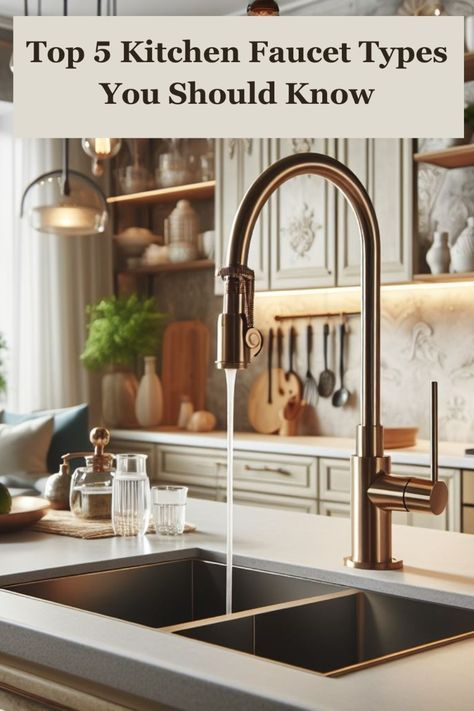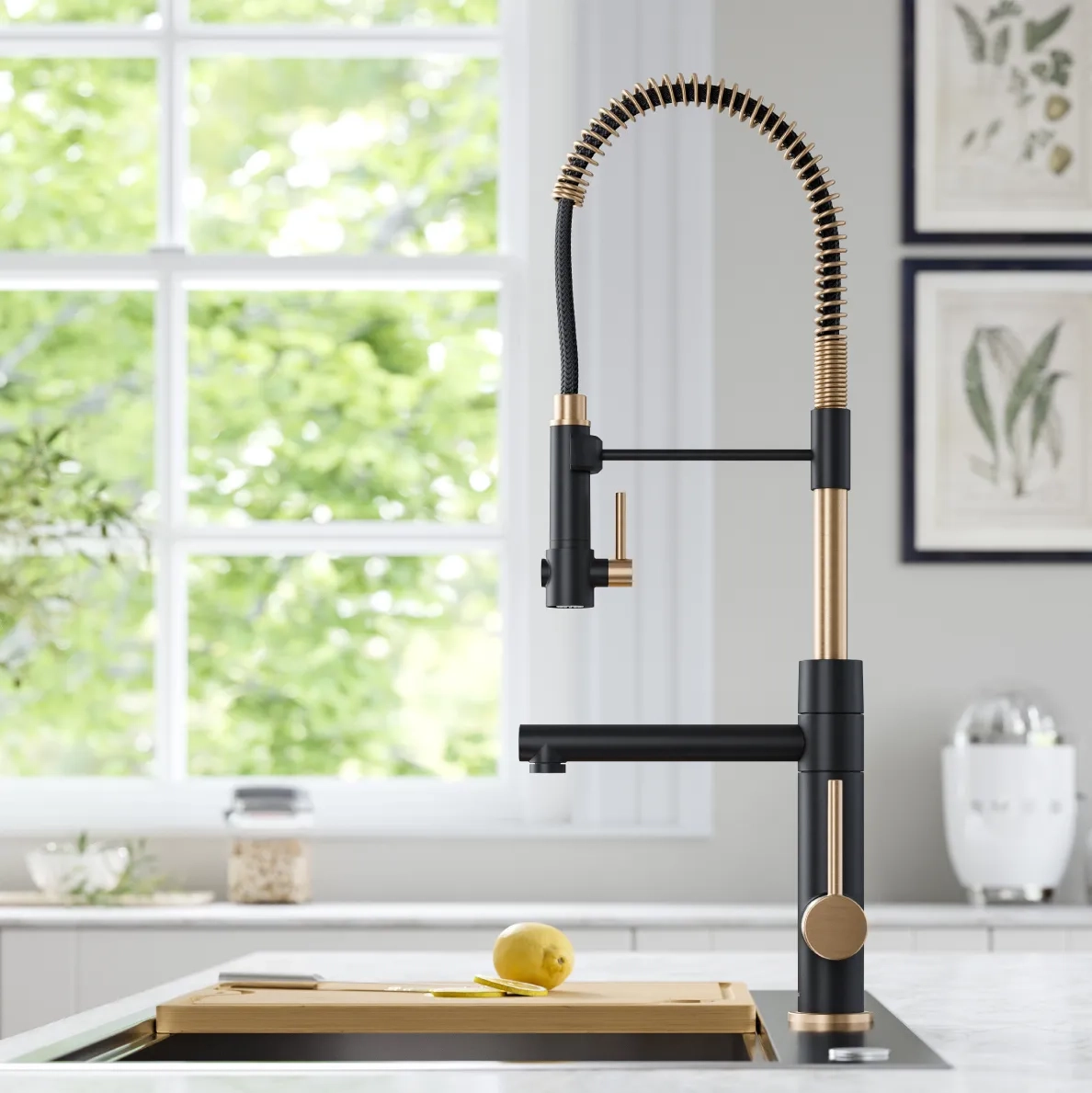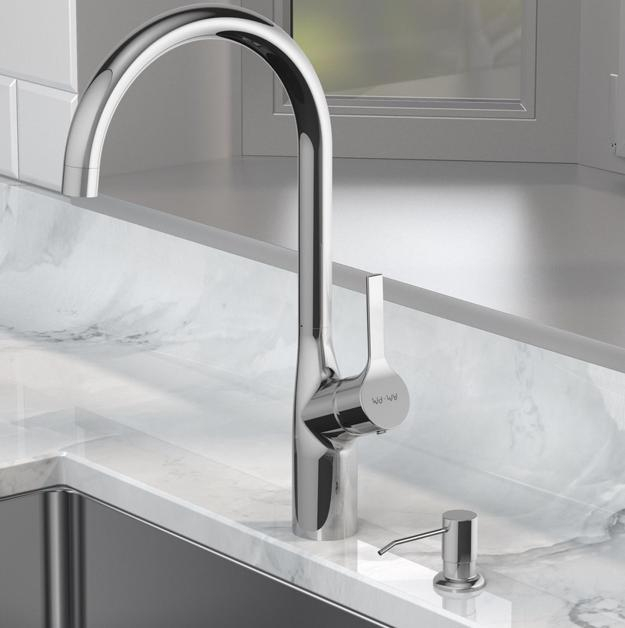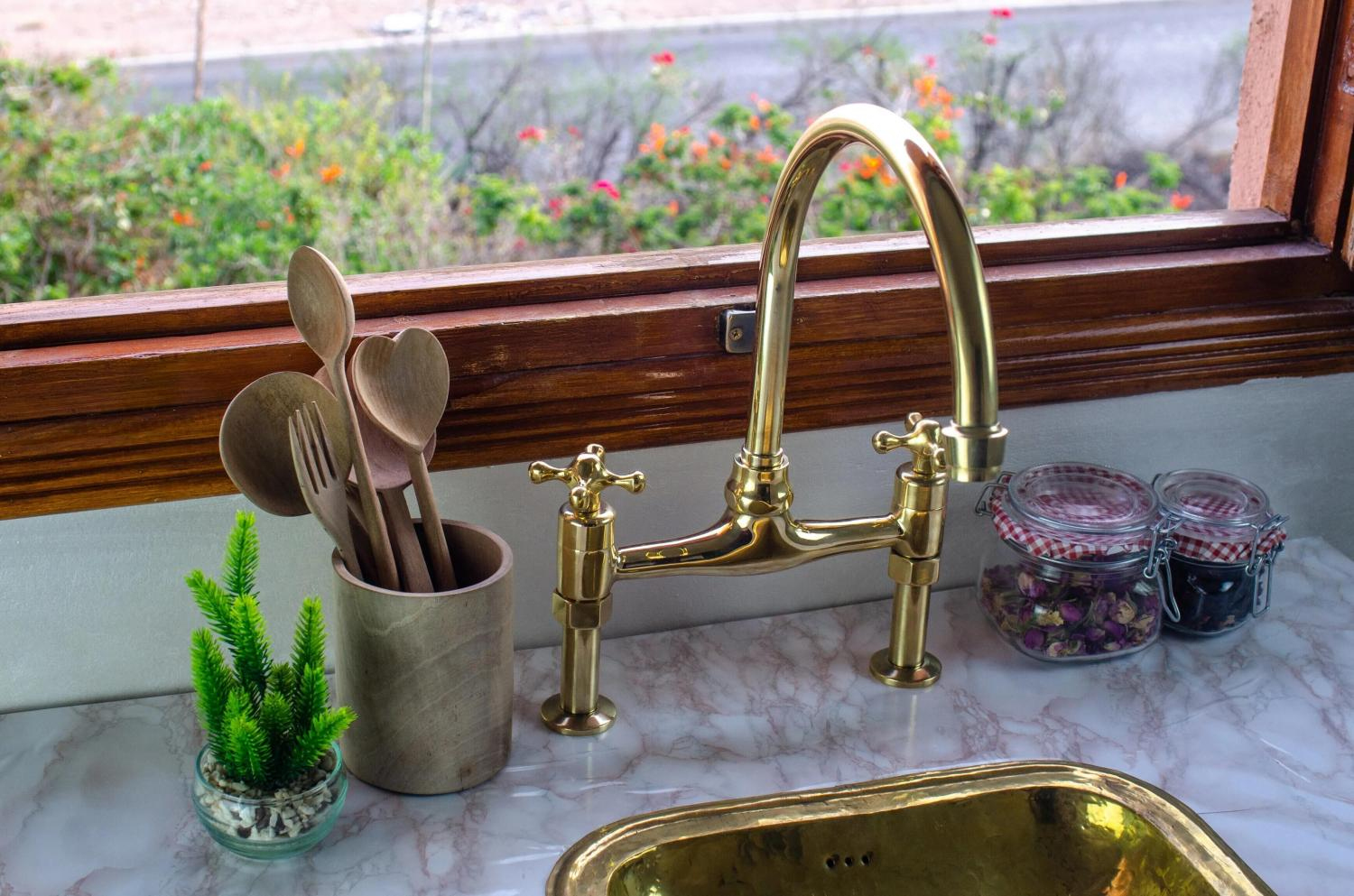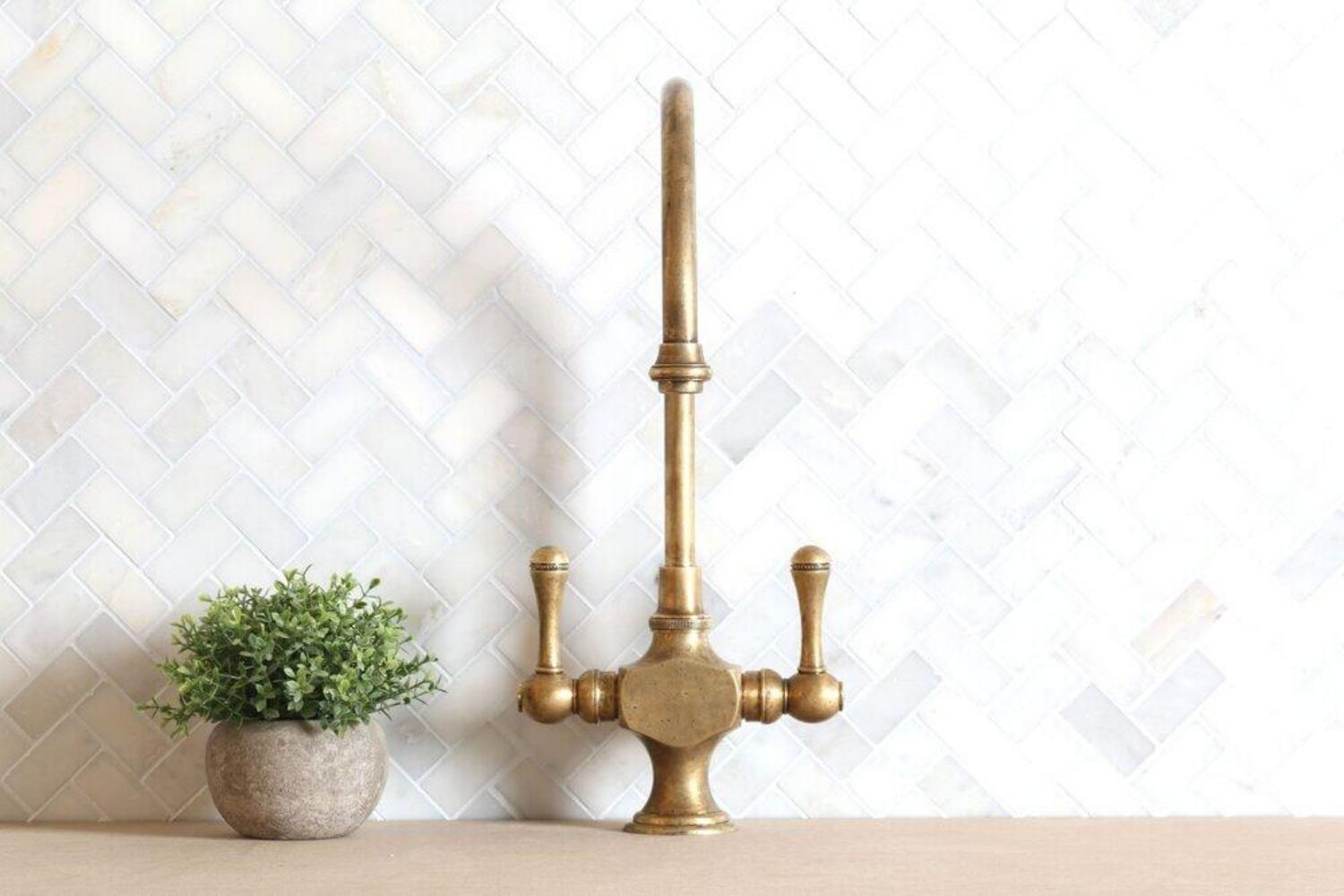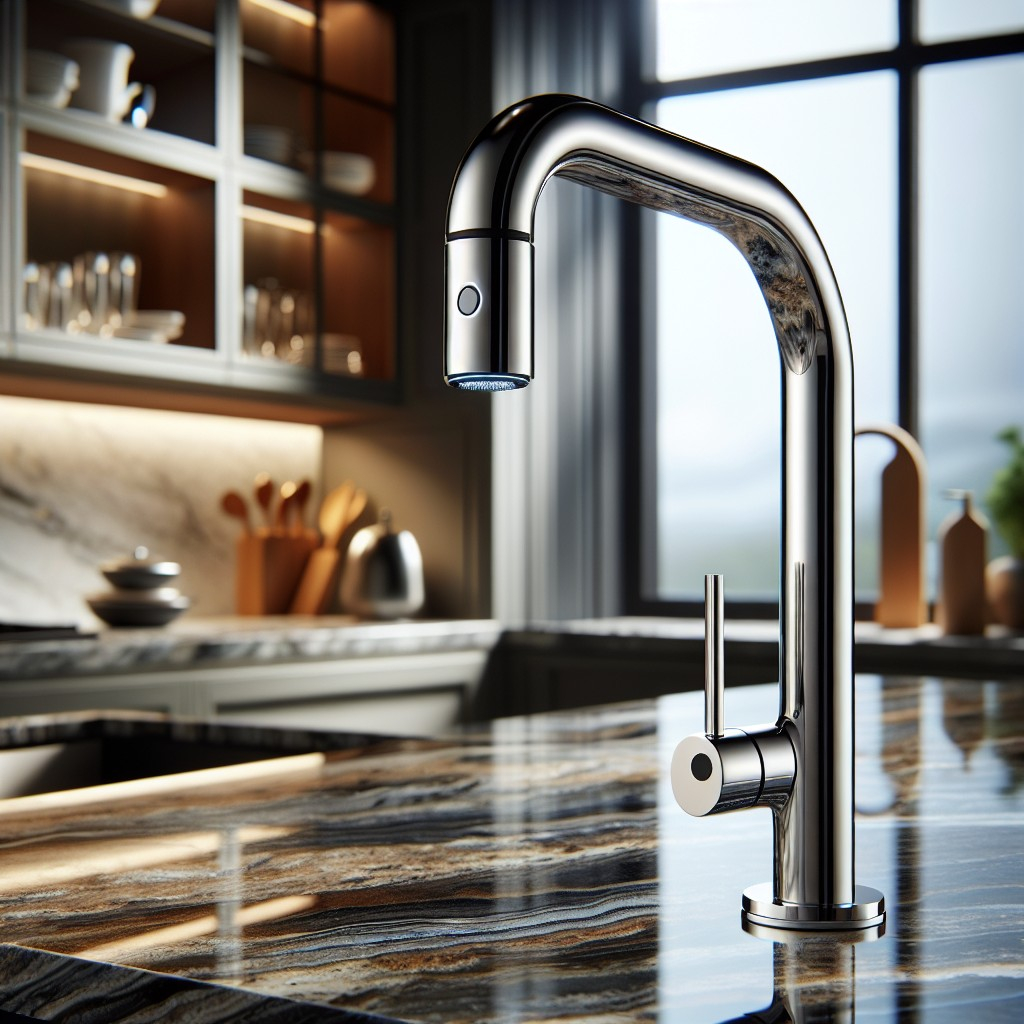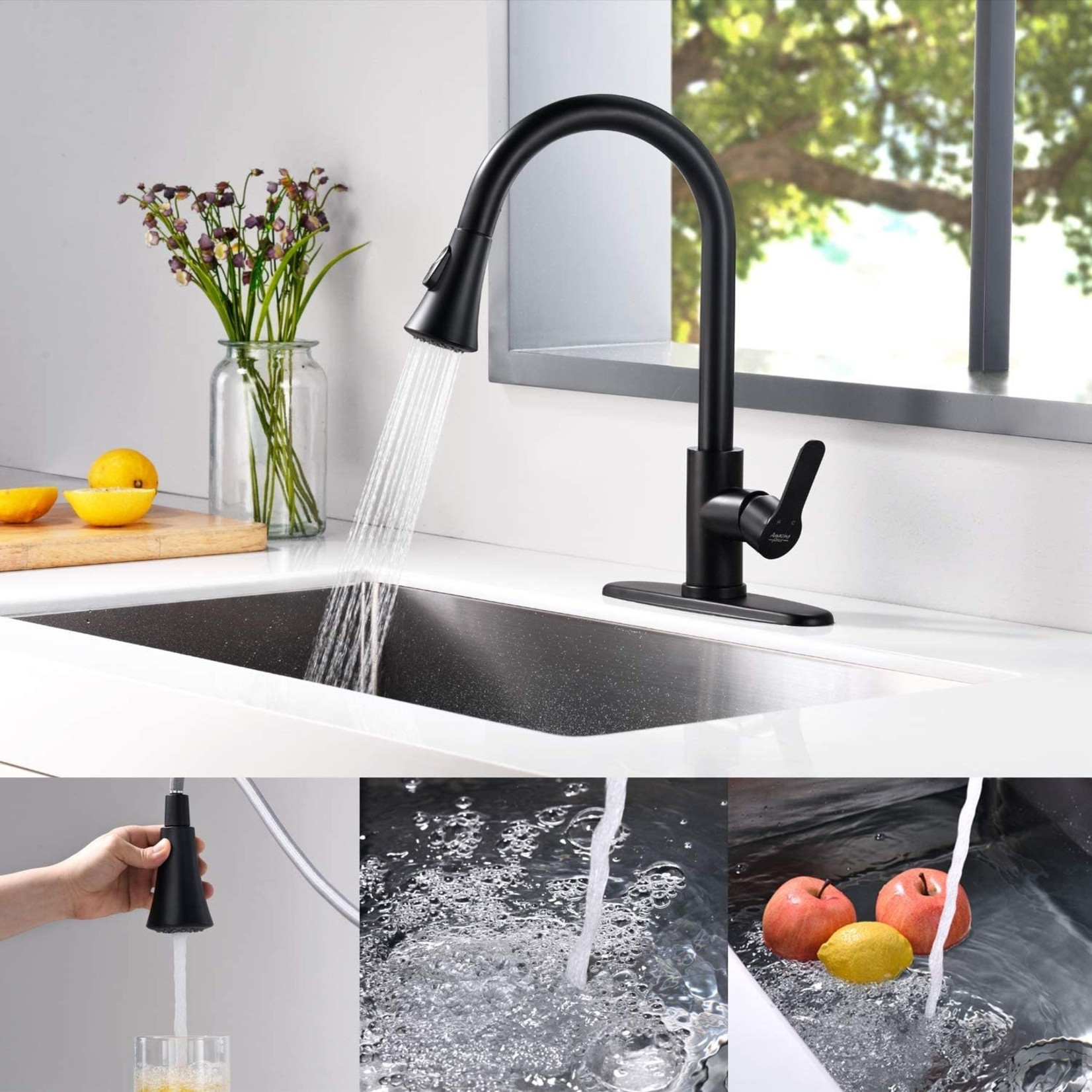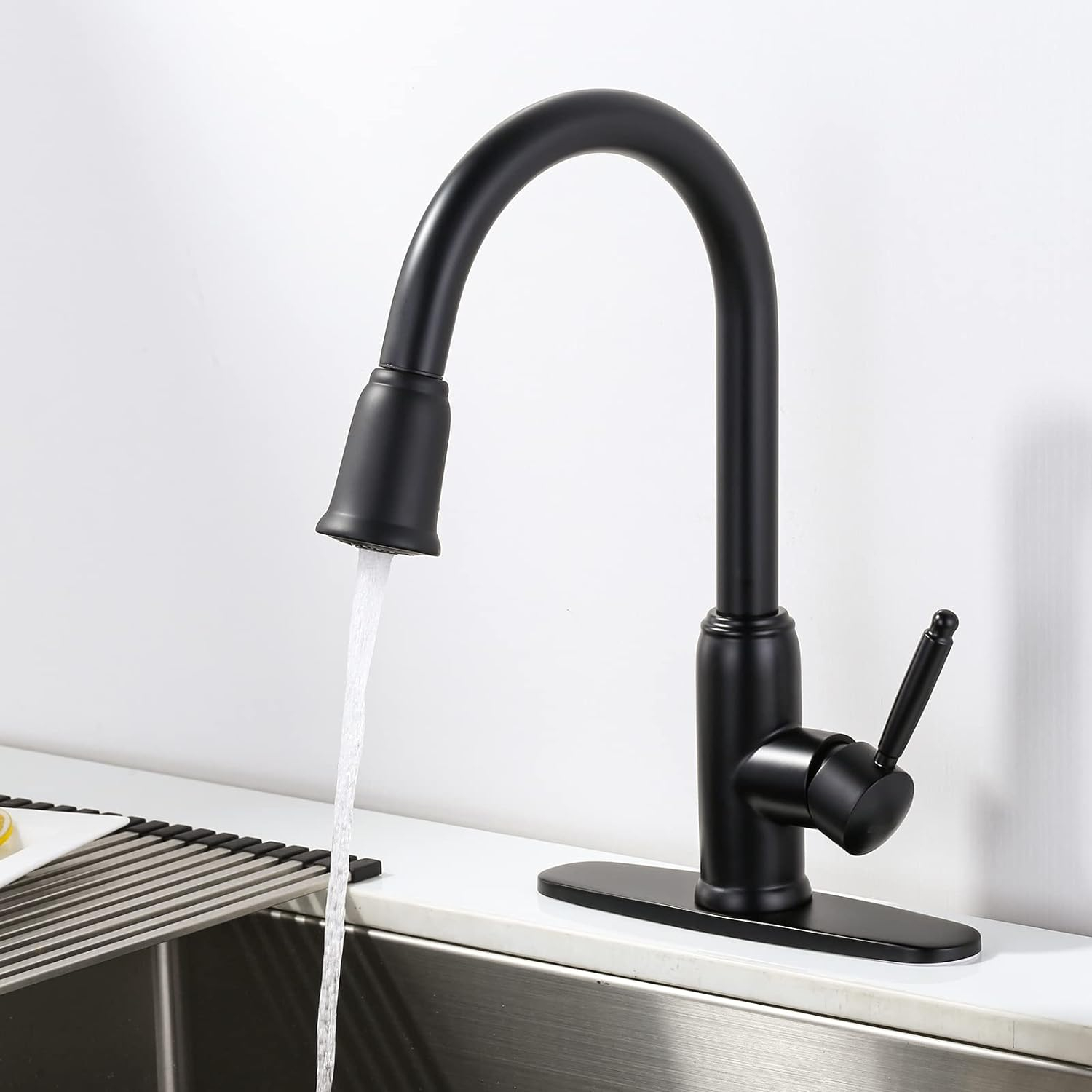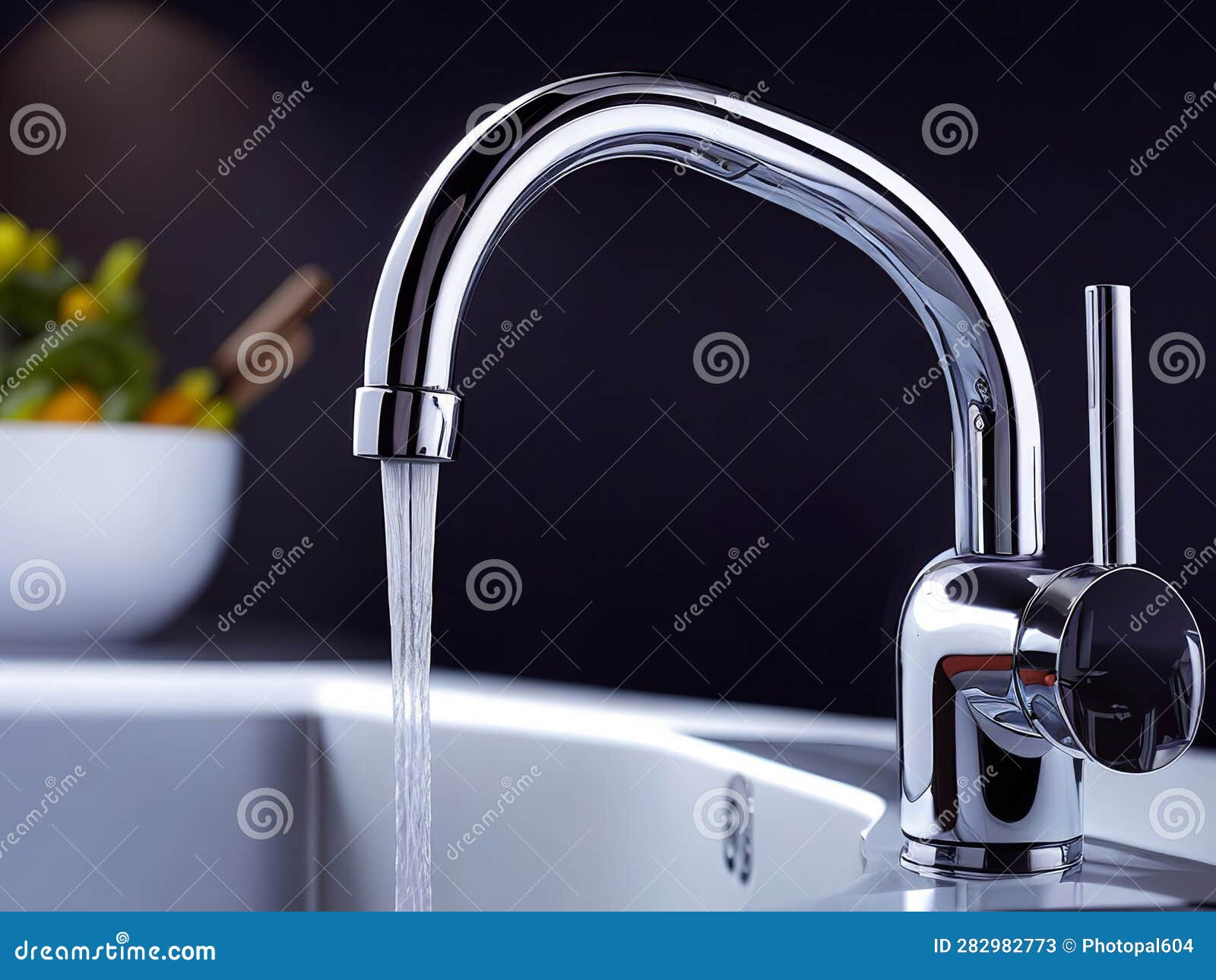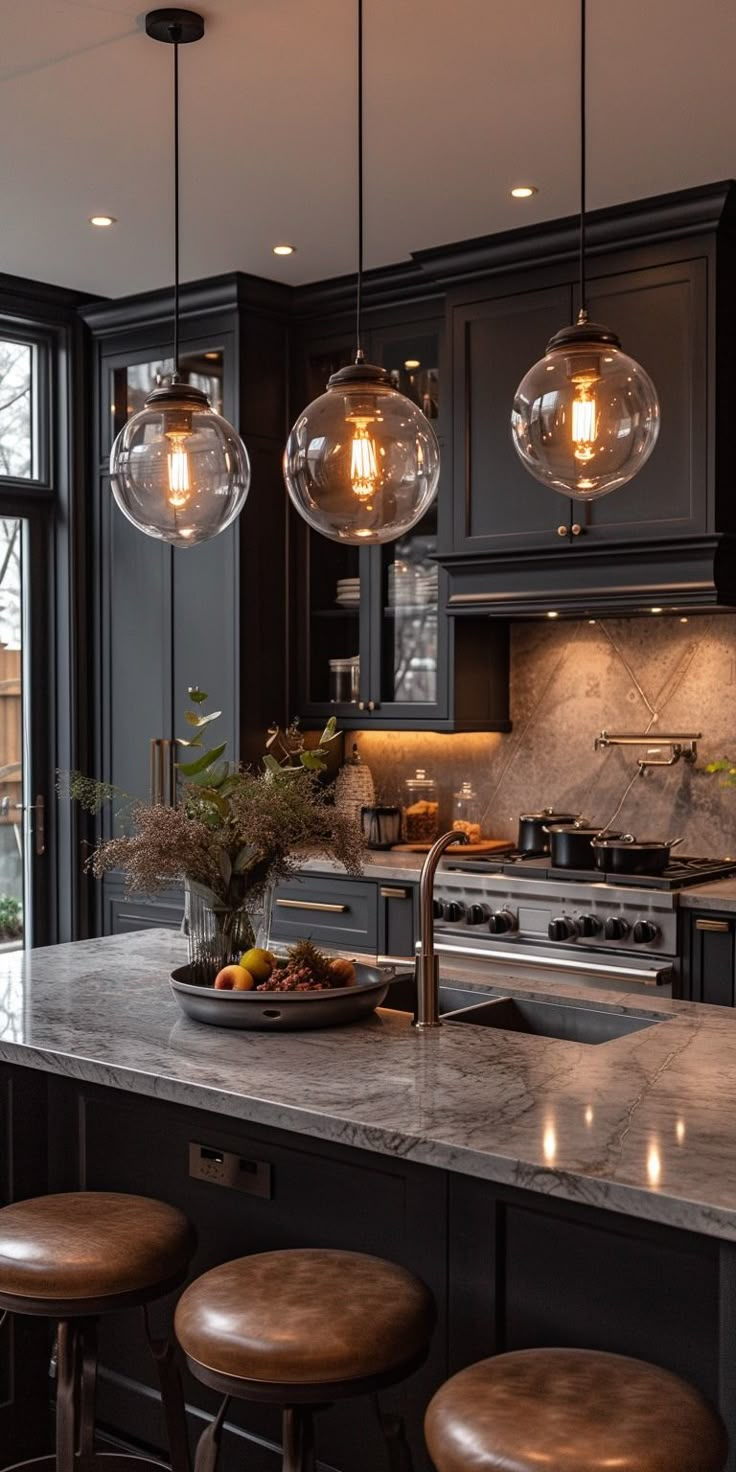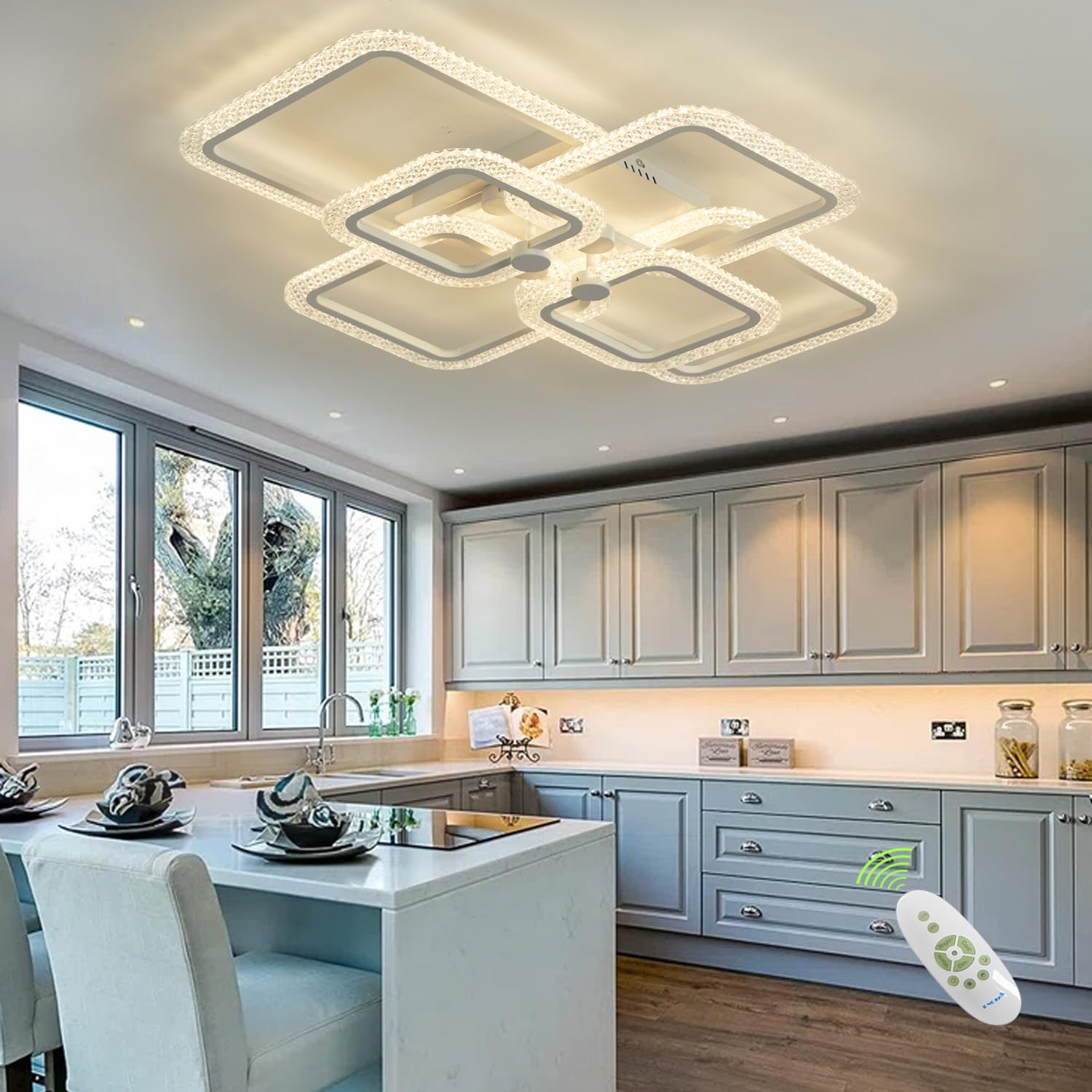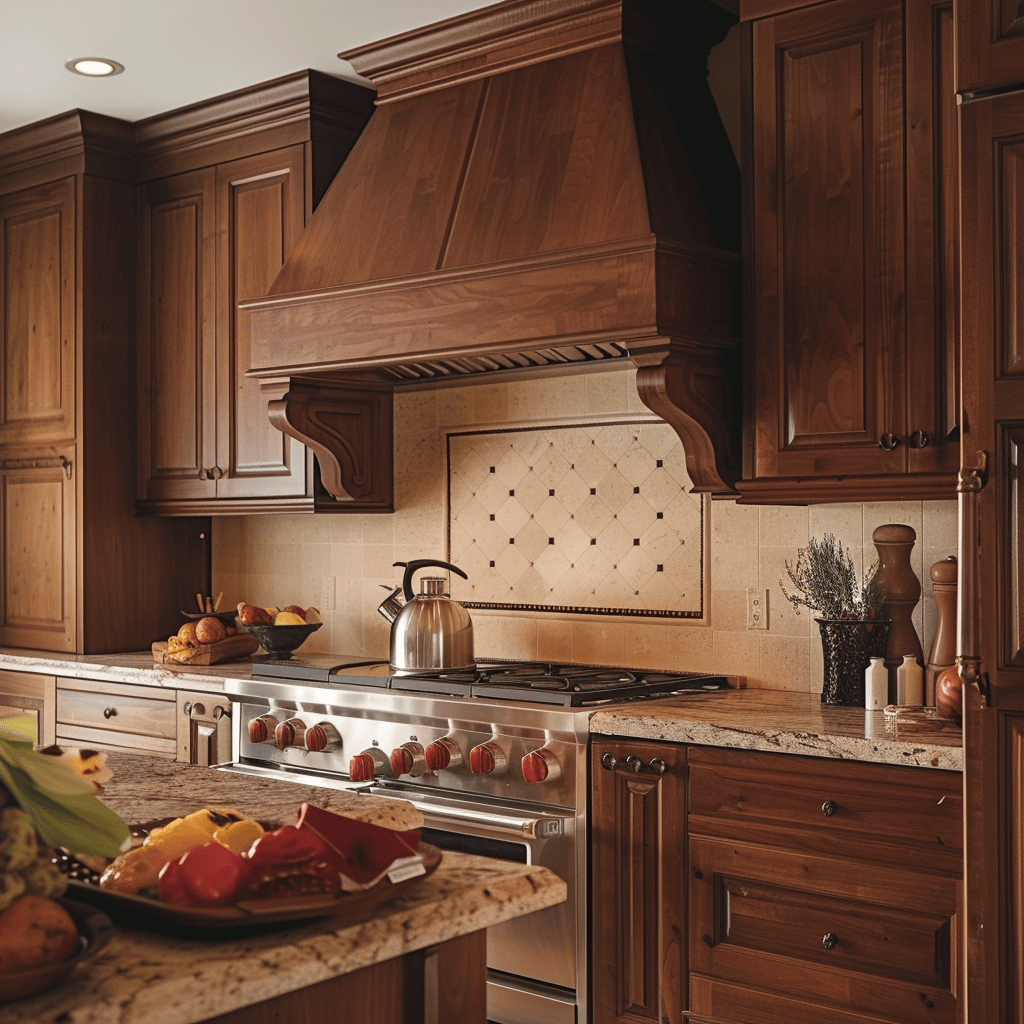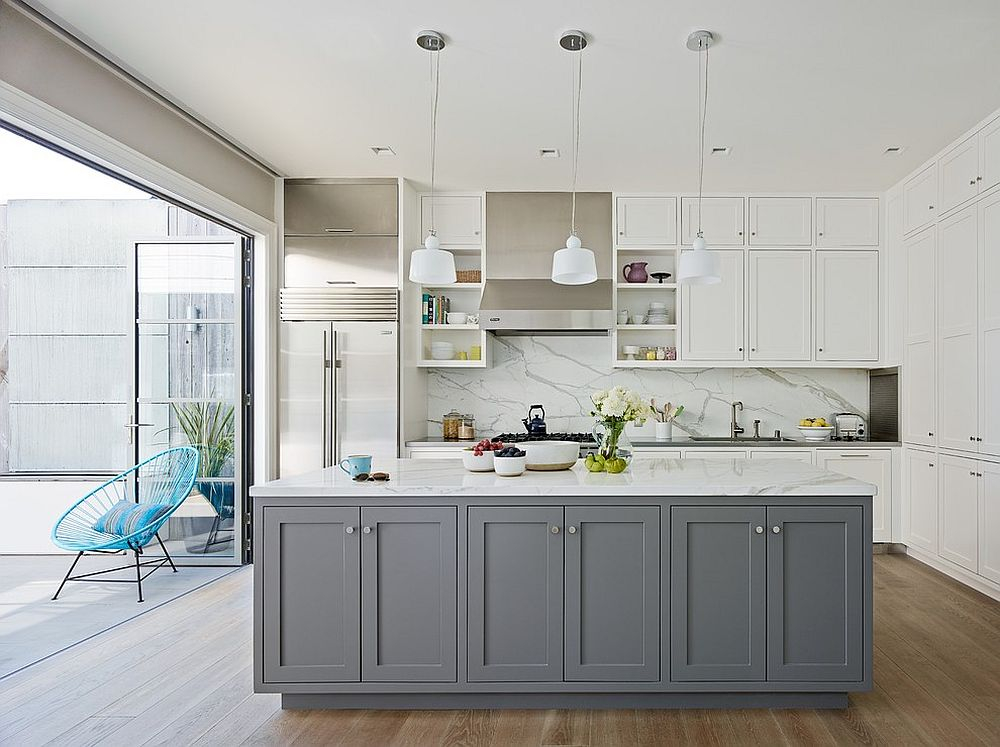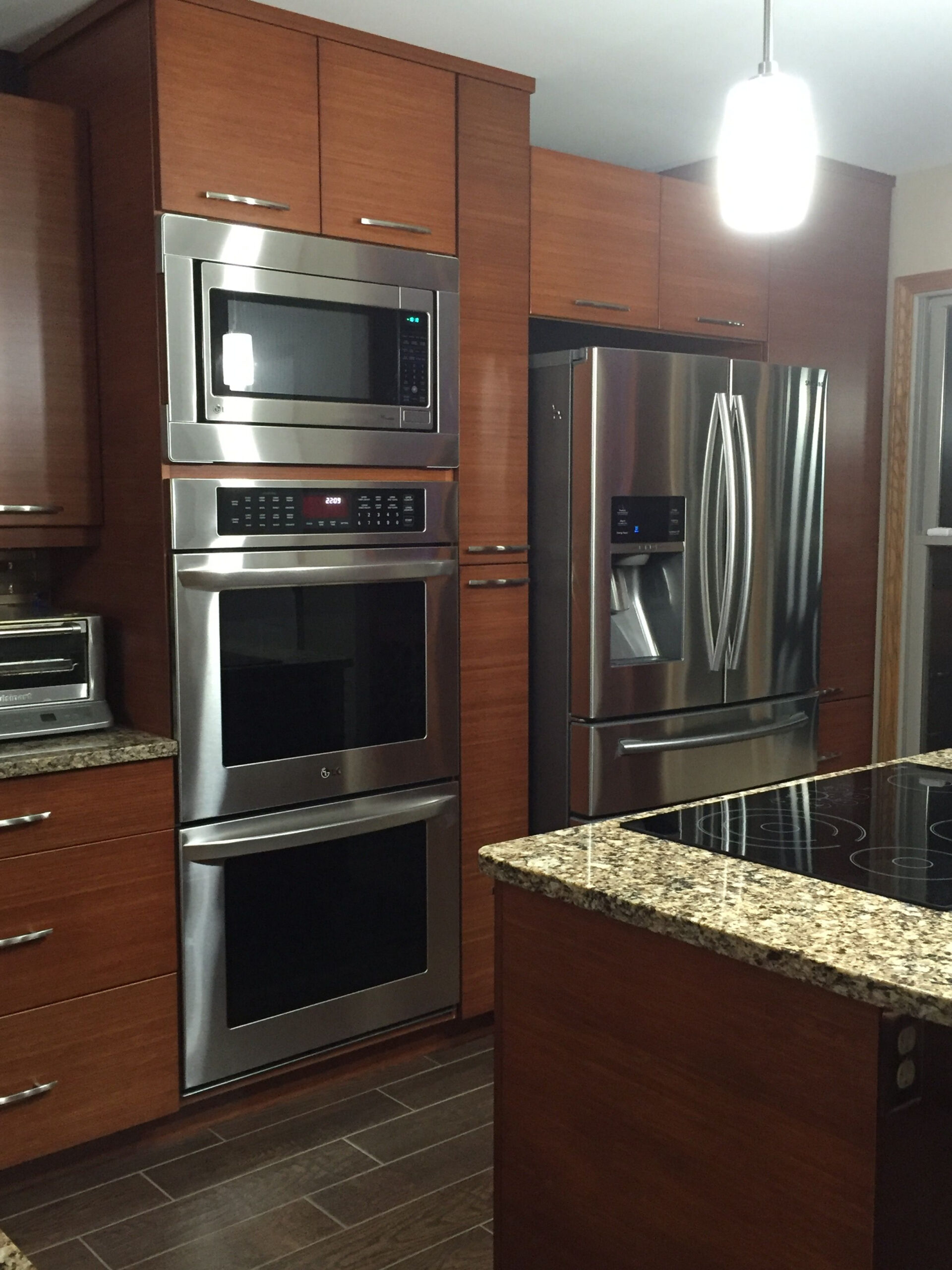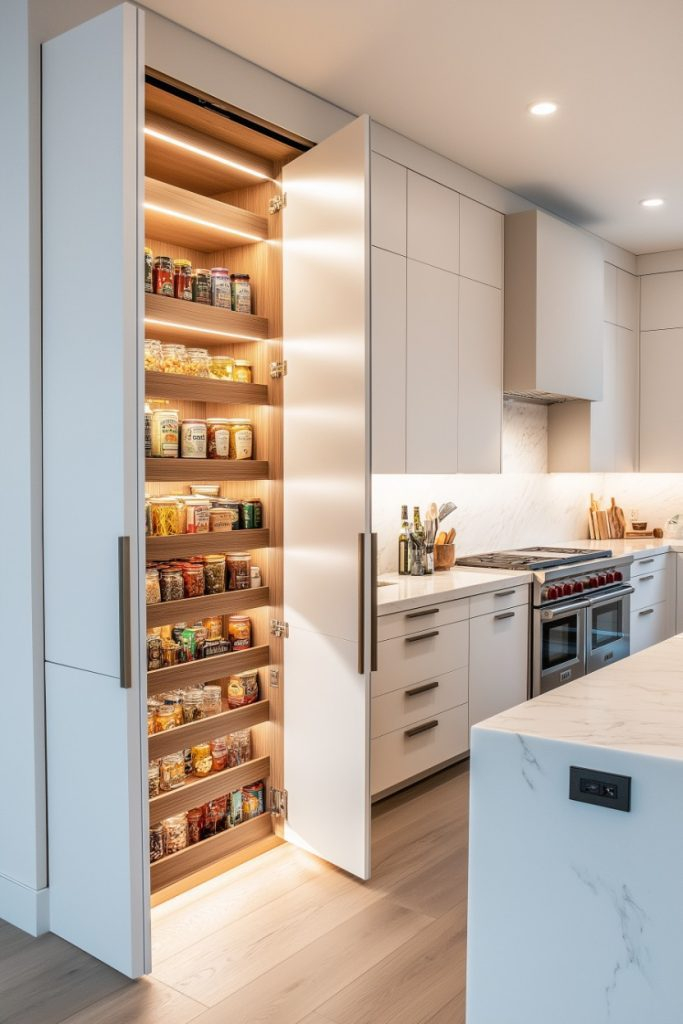Think about your kitchen faucet. Chances are, you don’t give it much thought beyond whether the water’s hot or cold. But this everyday fixture has a surprisingly rich history, transforming from a simple pipe with a handle into a sophisticated piece of kitchen technology. Let’s dive into how this essential tool has changed over time and what that means for our homes.
Remember those old-school faucets? The ones that sometimes dripped endlessly and felt a bit clunky? They’ve come a long way, haven’t they? The kitchen faucet, that seemingly humble device, has undergone a dramatic metamorphosis. It’s a story of innovation, necessity, and increasingly, a desire for both convenience and sustainability. We’ve gone from simple spigots to smart sprayers, and understanding this journey sheds light on how our kitchens have become more efficient and user-friendly.
The Early Days: Basic Needs, Basic Design
In the beginning, water delivery in homes was pretty straightforward. Think of the earliest plumbing systems – often, it was just a pipe sticking out of the wall with a simple valve, or a spigot, to control the flow. These early faucets were purely functional. Their primary job was to get water from the source to the sink, and that was about it. There wasn’t much in the way of style or advanced features. They were built for durability and basic utility, often made of simple metals like brass or lead (though lead was later phased out due to health concerns, naturally). This era was all about getting the job done, no frills attached.
The Rise of the Two-Handle System
As plumbing became more sophisticated and indoor bathrooms and kitchens became standard, faucets started to evolve. The introduction of separate hot and cold water lines led to the iconic two-handle faucet. This was a significant leap forward, allowing users to mix water to their desired temperature. You had one handle for hot and one for cold, and you’d turn them both to get that perfect blend. This design dominated for decades, becoming a familiar sight in kitchens and bathrooms everywhere. It was a marked improvement in comfort and control, even if it sometimes meant fiddling with both handles to get it just right.
The Single-Handle Revolution: Convenience Takes Center Stage
Then came the single-handle faucet, a true game-changer in terms of convenience. With just one lever, you could control both the temperature and the flow of water. This made life so much easier, especially when your hands were full or messy. A flick of the wrist could adjust everything. This design also often incorporated a ceramic disc valve, a more durable and leak-resistant alternative to older compression or ball valves. The single-handle faucet brought a sleeker look and a much simpler user experience, and it quickly became the preferred choice for many.
Beyond the Basics: Pull-Down and Pull-Out Sprayers
The desire for better functionality in the kitchen led to another major innovation: the pull-down and pull-out sprayer. Suddenly, your faucet wasn’t just a dispenser; it was a powerful cleaning tool. These integrated sprayers made washing dishes, rinsing vegetables, and cleaning the sink itself so much easier. You could reach every corner of your sink basin without splashing water everywhere. This added a layer of practicality that many home cooks and dishwashers truly appreciated. It was about making kitchen tasks more efficient and less of a chore.
The Smart Faucet Era: Technology Meets the Tap
And now, we’re living in the age of the smart faucet. These aren’t just about turning water on and off anymore. Think touchless operation – wave your hand, and the water flows. This is fantastic for hygiene, especially when you’re handling raw food. Many smart faucets offer precise temperature control, pre-set water amounts for cooking or filling pots, and even voice activation. Some can even be controlled via smartphone apps. It’s all about enhanced convenience, greater water efficiency, and a touch of futuristic flair. Imagine filling a pot with exactly two cups of water just by asking. Pretty neat, right?
Sustainability and Efficiency: The Modern Mandate
Alongside all these technological advancements, there’s been a growing focus on sustainability. Modern faucets are designed to be more water-efficient. Aerators, which mix air with water, reduce flow without sacrificing pressure, saving water and energy. Low-flow models are standard in many places, and the smart features often include ways to monitor and reduce water usage. The evolution isn’t just about making things easier or fancier; it’s also about being more mindful of our planet’s resources. It’s a sensible shift that benefits us all.
From the rudimentary spigots of the past to the intelligent, touchless, and water-saving devices of today, the kitchen faucet has truly come into its own. It’s a testament to ongoing innovation, driven by our desire for convenience, efficiency, and increasingly, environmental responsibility. So, the next time you turn on your tap, take a moment to appreciate this complex marvel. It’s more than just a way to get water; it’s a window into how our homes and lives have changed for the better.

